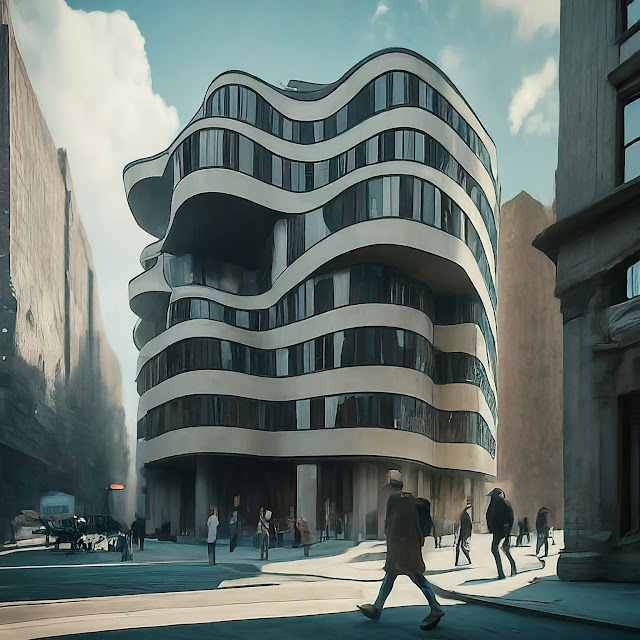Introduction
High-rise buildings have become iconic symbols of modern architecture, reaching towering heights and pushing engineering boundaries. Behind their awe-inspiring facades lies a complex network of structural components, with the foundation being one of the most critical elements. Among the various foundation systems used in high-rise construction, pile foundations stand out for their ability to support immense vertical loads and resist lateral forces, ensuring stability and safety in towering structures.
Understanding Pile Foundations
Pile foundations are deep foundation systems that transfer structural loads from buildings to deeper, more stable soil or rock layers below the ground surface. They consist of long, slender columns, known as piles, which are driven, drilled, or bored into the ground. Piles can be made of various materials, including concrete, steel, or timber, depending on the specific requirements of the project and soil conditions.
Types of Pile Foundations
Several types of pile foundations are used in high-rise construction, each offering distinct advantages based on soil conditions, load-bearing capacity, and construction feasibility:
1. Driven Piles: These piles are forcefully driven into the ground using impact hammers, vibrating probes, or hydraulic presses. Driven piles are commonly used in cohesive soils and dense granular soils where relatively uniform strata exist.
2. Bored Piles: Also known as drilled piles, bored piles are constructed by drilling a hole into the ground and then placing reinforcement and concrete into the cavity. This method is suitable for a wide range of soil conditions, including rock, and offers flexibility in terms of diameter and depth.
3. Augered Cast-in-Place (ACIP) Piles: ACIP piles are formed by drilling a hollow stem auger into the ground and injecting concrete through the center as the auger is withdrawn. This method is particularly useful in areas with high groundwater levels and where noise and vibration need to be minimized.
4. Micropiles: Micropiles are small-diameter piles typically ranging from 100mm to 300mm in diameter. They are often used in limited access areas or where existing structures must be underpinned, providing a cost-effective solution for high-rise building foundations.
Benefits of Pile Foundations in High-Rise Buildings
Pile foundations offer several advantages that make them well-suited for supporting high-rise structures:
1. Load Bearing Capacity: Pile foundations can support heavy vertical loads by transferring them to deeper, more competent soil or rock layers, ensuring the stability of tall buildings.
2. Resistance to Lateral Forces: In addition to vertical loads, high-rise buildings are subjected to lateral forces such as wind and seismic loads. Pile foundations provide resistance against these forces, enhancing the overall structural integrity.
3. Flexibility in Design: Pile foundations can be tailored to suit specific site conditions and project requirements, offering flexibility in terms of size, type, and arrangement of piles.
4. Reduced Settlement: By reaching stable soil or rock layers, pile foundations minimize the risk of differential settlement, which is crucial for maintaining the structural stability and integrity of high-rise buildings.
Challenges and Considerations
While pile foundations offer numerous benefits, their design and construction require careful consideration of various factors:
1. Soil Conditions: The selection of pile type and design parameters depends on the soil profile, including soil type, depth, and bearing capacity. Site investigations and soil testing are essential to assess subsurface conditions accurately.
2. Construction Challenges: Pile installation in urban environments with limited access or congested underground utilities can pose challenges. Specialized equipment and construction techniques may be required to overcome these obstacles.
3. Cost Considerations: Pile foundations can be more expensive than shallow foundations due to the additional materials and labor involved in their construction. However, their long-term benefits in terms of stability and durability often justify the initial investment.
4. Environmental Impact: Pile driving and construction activities can have environmental implications, including noise and vibration disturbances, as well as potential impacts on groundwater quality. Mitigation measures should be implemented to minimize environmental effects.
Conclusion
In the realm of high-rise construction, pile foundations play a pivotal role in ensuring the stability, safety, and longevity of towering structures. By effectively transferring structural loads to stable soil or rock strata, pile foundations mitigate the risks associated with vertical and lateral forces, thereby safeguarding the integrity of high-rise buildings. As the demand for taller and more innovative structures continues to rise, the importance of well-designed and meticulously constructed pile foundations remains paramount in shaping the skylines of our cities.


































































